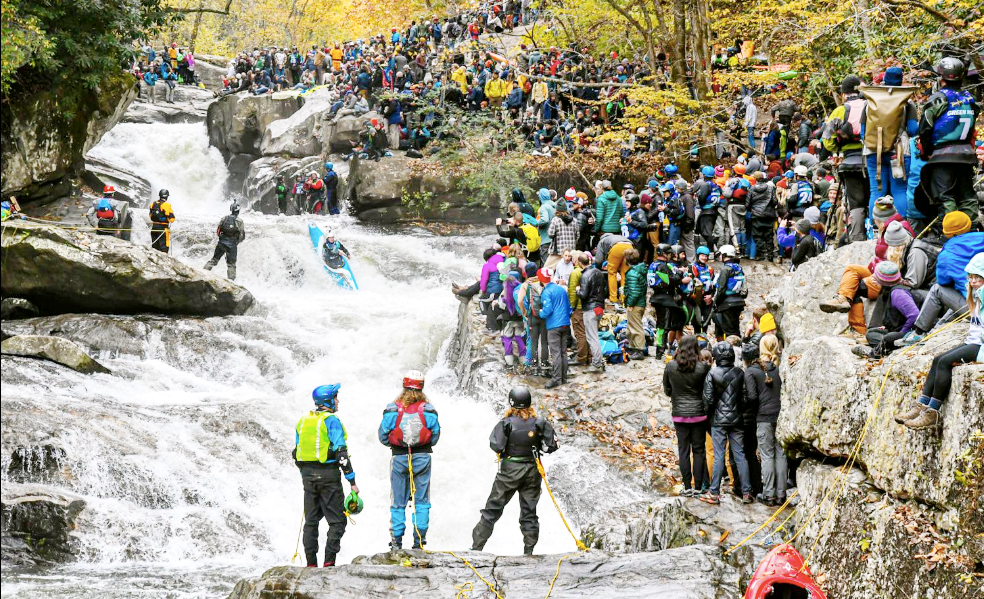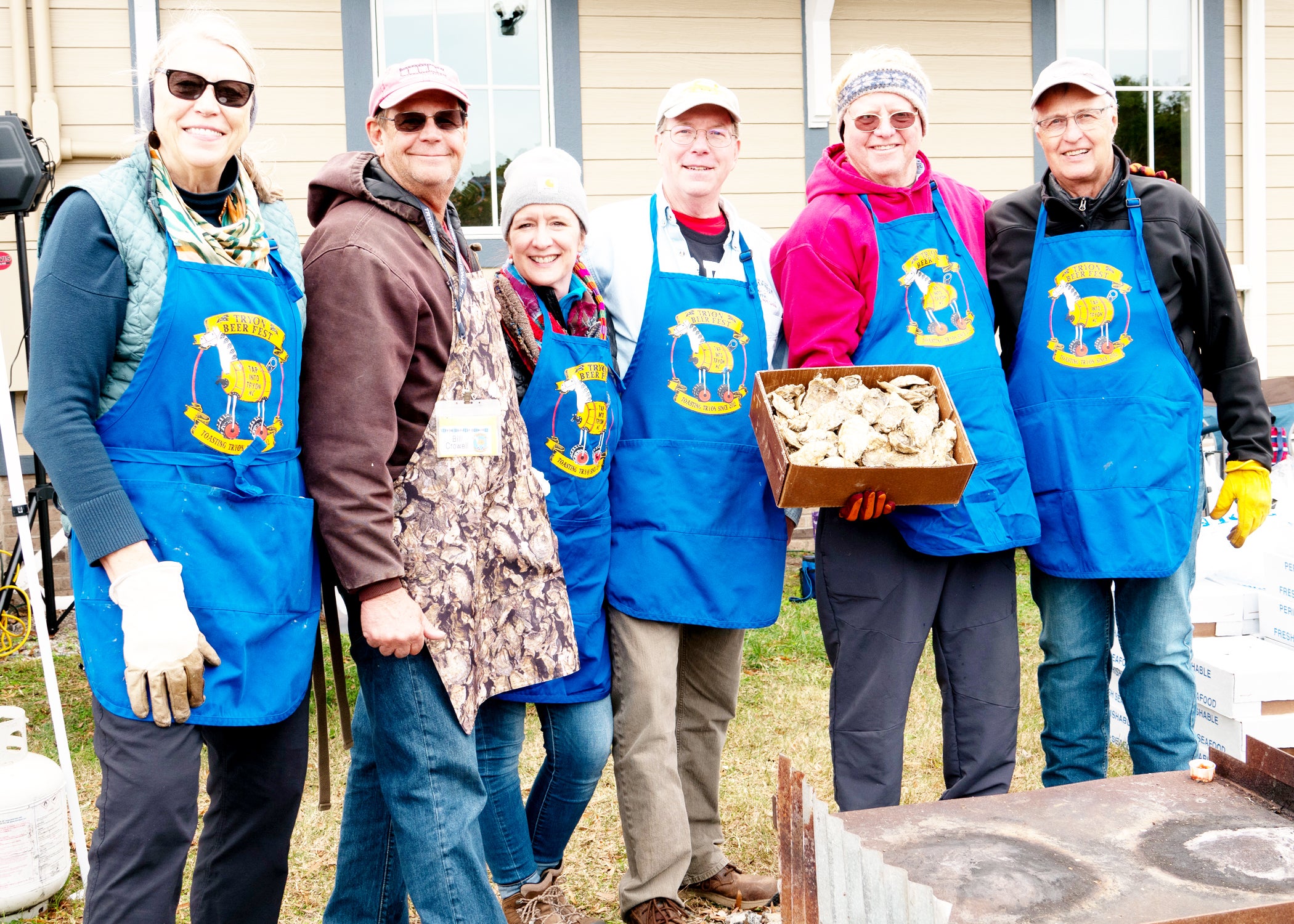The longest mile
Published 8:00 am Tuesday, June 26, 2018

- It took hours on Saturday for the 50 or so people trapped Friday night at the Caro-Mi Dining Room to climb out over the approximately mile and a half of mud, rocks and trees that blocked Highway 176 in Tryon Friday, May 18. (Photo by Catherine Hunter/Tryon Daily Bulletin)
Refugees from Warrior Mountain mudslide walked through mud, debris to safety
Inspired by conversations with Tryon firefighters and emergency personnel, this is the second in a series of articles describing the events on Friday, May 18, and the days that followed, as a result of the natural disasters that occurred in the Pacolet Valley and other portions of western Polk County.
TRYON — On Saturday, May 19, after a couple hours of rest and some hot food, Tryon rescue personnel reconvened on Highway 176 at the Tryon Youth Center.
It was now light enough that they could see. It was time to find Patricia Case, the Tryon woman who had been swept away by a mudslide that struck her home on 176 the night
before.
Tryon Fire Chief Geoffrey Tennant said they found her body around 8 a.m., and were able to transport her by 8:30 a.m. Rescue teams then gathered at the Youth Center to decide what came next.
Tennant paused briefly in his narrative.
“The scale of this event really boggled the mind,” he said. “We couldn’t really appreciate it until daylight. All this destruction was difficult to comprehend.”
As the 80 or so rescue workers and specialty teams gathered at the Tryon Youth Center at dawn that morning, they began to realize Saturday was going to be about recovering Case and getting others out of danger. Around 50 people were trapped at the Caro-Mi Dinning Room. Many had spent the night inside, trying to grab a few hours of rest on the tables.
Others spent the night in their cars as the rain beat down.
While some teams began to plan how to get those people out safely, others had another concern to address. More rains were coming, and they had no idea how stable the mountain was.
All Friday night, rescue teams had also been receiving reports of slides on Meadowlark Drive and Howard Gap and Holbert Cove roads, and flooding along the Green River and in Green Creek. Tennant said one slide had swept at least 2,000 feet down the mountain. A total of eight separate slides covered or blocked the highway.
“It was from North Wall Road to the twin bridges,” Tennant said.
It was across this mile and half of mud, rock, trees and downed power lines that rescue workers had to get people across safely. Tennant confirmed stories of rescue workers placing wood pallets on the mud to try and give the people something to walk across.
“By Saturday morning, the top of the mud had dried a little,” Tenant said. “But it was still up over the top of the rescue workers’ boots.
Around 8 a.m., crews began the job of getting those people trapped at the restaurant safely out, Tennant said. He said there was danger of someone falling as they climbed over the rocks and trees. The also faced the ever present possibility of the mud breaking loose and sweeping someone along with it.
Rescue personnel took up posts all along that mile-and-a-half stretch of road. For hours, they held out hands to steady someone over a rough patch or showed the refugees where it was safe to step.
Buses met many of the refugees at the Sunoco Convenience store, at the corner of Highway 176 and Highway 108, to take them to the shelter that had been set up at Polk County Middle School.
Others were able to call friends or family to pick them up, and some caught rides with local citizens who desperately wanted to help. Tennant said it was fortunate that all the refugees were able to walk out on their own and no one was injured during the rescue efforts.
It was not until 4 or 5 p.m. Saturday afternoon that the last person was safely on their way to a hot shower and a good
meal.
While teams pulled the Caro-Mi refugees to safety, other rescue workers met to discuss the weather coming in and how best to proceed. That afternoon, authorities declared an evacuation and they began a door-to-door effort to save people’s lives.



